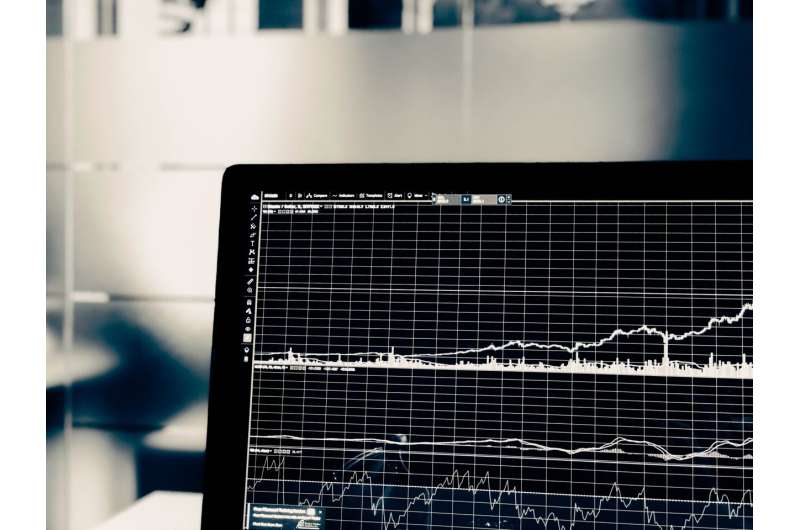Building a better dashboard for enhanced understanding of health

Since the onset of the pandemic and the resulting vast amount of complex dynamic data available, health-related dashboards have become ubiquitous as the public, healthcare providers and administrators, and public health and government officials continually reach out for and evaluate vital, accurate information to support decision making. But use as well as direct and indirect impact of dashboards have been poorly understood.
A new study published in BMJ Health & Care Informatics explores decades of dashboards designed to communicate health data providing insight into what makes an effective dashboard.
“The purpose of dashboards is to integrate and transform data into information displays that support decision making. Well-designed dashboards visualize information in a manner that increases awareness and understanding of situations at a glance, providing clear and actionable information,” said study co-author and human factors engineer April Savoy, Ph.D., a Regenstrief Institute and U.S. Department of Veteran’s Affairs health services researcher and a Purdue School of Engineering and Technology at IUPUI assistant professor of computer and information technology. “The best dashboards are designed with a clear understanding of users’ information needs and tasks. With that understanding these dashboards are user-centered and clearly convey accurate and relevant information to inform decision-making or increased awareness.”
“The COVID-19 pandemic accelerated the need to understand vast amounts of data, often from different sources such as number of cases, spread of the disease, trends and other factors to aid both personal and professional decision making. Thus, many dashboards emerged; some more helpful than others,” Dr. Savoy said. “In this age of misinformation and disinformation, it is imperative to evaluate perceived quality of data, credibility of sources, and overall effectiveness. Findings could guide the design of dashboard enhancements and customizations that aid decisions, including which dashboards should be used.”
Leading dashboard conceptualizations stem from information displays in automobiles. The driver doesn’t need to understand the complex mechanics under the hood to comprehend what the dashboard is indicating. Today, dashboard indicators convey information about many aspects of a vehicle’s performance including speed, amount of gasoline in the tank and need to check the engine. Similarly, viewing a user-focused health dashboard obviates the need to understand vast amounts of data as it visually conveys explanatory information about number of cases of a disease, trends and other factors in a way that is user friendly.
Source: Read Full Article



